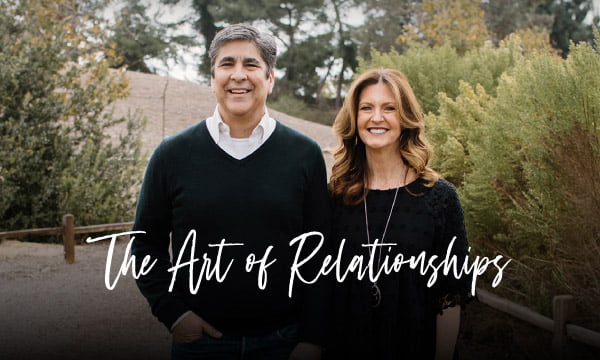First Steps of Conflict Resolution

Are you running from conflict in your relationships? Conflict is inevitable, so don't let your fear stand in the way of finding resolution! In today's blog, Marriage and Family therapist Willa Williams lays out the first three steps on how to resolve conflict well.
I don’t know about you, but conflict is not something that I particularly enjoy. It kind of ranks up there with getting stitches or having a root canal. In fact, I believe that most of us do not really look forward to working out a conflict with someone. It’s just not fun.
The problem is, conflict is in the DNA of all relationships, especially in our significant ones. We are going to have to face it; there’s no getting around conflict. What makes it so difficult is that a lot of times we don’t even know where to begin to resolve it. So, perhaps one of the most important parts of resolving conflict is the very first steps. There are some very helpful, simple things that we can do to begin the process of resolving conflict well. Here are some basic things we can do when things begin to escalate:
First, we can just stop. Stop what we are doing. Take a step back, both figuratively and literally. Take several deep breaths and calm our breathing. Do “square breathing”: inhale through our nose for four counts, hold our breath for four counts, exhale through our mouth for four counts, and then hold for four counts. This will calm us and make it easier for us to think and to respond well.
Second, we can recognize that things are going south, and if we keep going and doing the same things in the same way, this situation is not going to end well. We need to do something different in order to have the conflict situation end differently, and better. When working with clients, I often gently remind them that they can continue what they are doing, and it would be understandable, but it is not going to get them where they want to go.
Third, we can decide to give the other person the benefit of the doubt. Decide that there must be at least a partly legitimate reason for their behavior and/or thinking. Decide that we are going to find out what that reason is. As the saying goes, “If you look hard and long enough, you will find what you are looking for.”
When we follow these steps, it changes our viewpoint, or our interpretation of why the other person is upset. It can even change our interpretation of the conflict itself. This changed viewpoint allows us to think more positively and more open-mindedly about the other person and about the conflict. That enables us to be much more patient and understanding. And when we are more patient and understanding, it is much easier to resolve the conflict together and repair the relationship. As James 1:19 says, “...Everyone should be quick to listen, slow to speak and slow to become angry...”
So, the next time we feel stuck in a conflict and don’t know where to begin to try and resolve the situation, let’s begin the process of resolution by:
- stopping
- stepping back
- breathing
- giving the benefit of the doubt
There is no guarantee, but the odds go way up that the situation will go much more smoothly, and we will be glad that we tried something different!
Watch for the next blog to learn the next key steps to resolving conflict!

